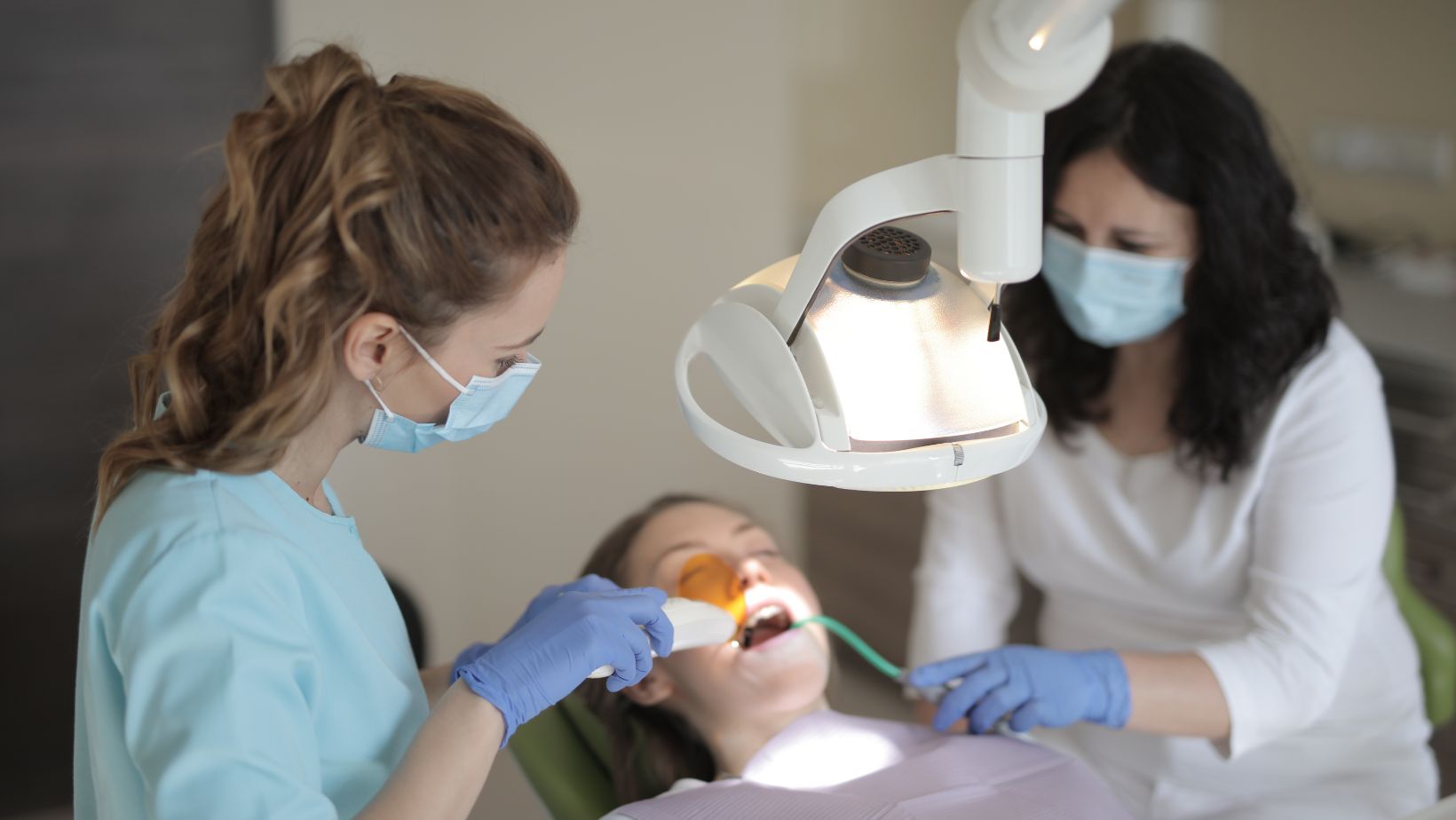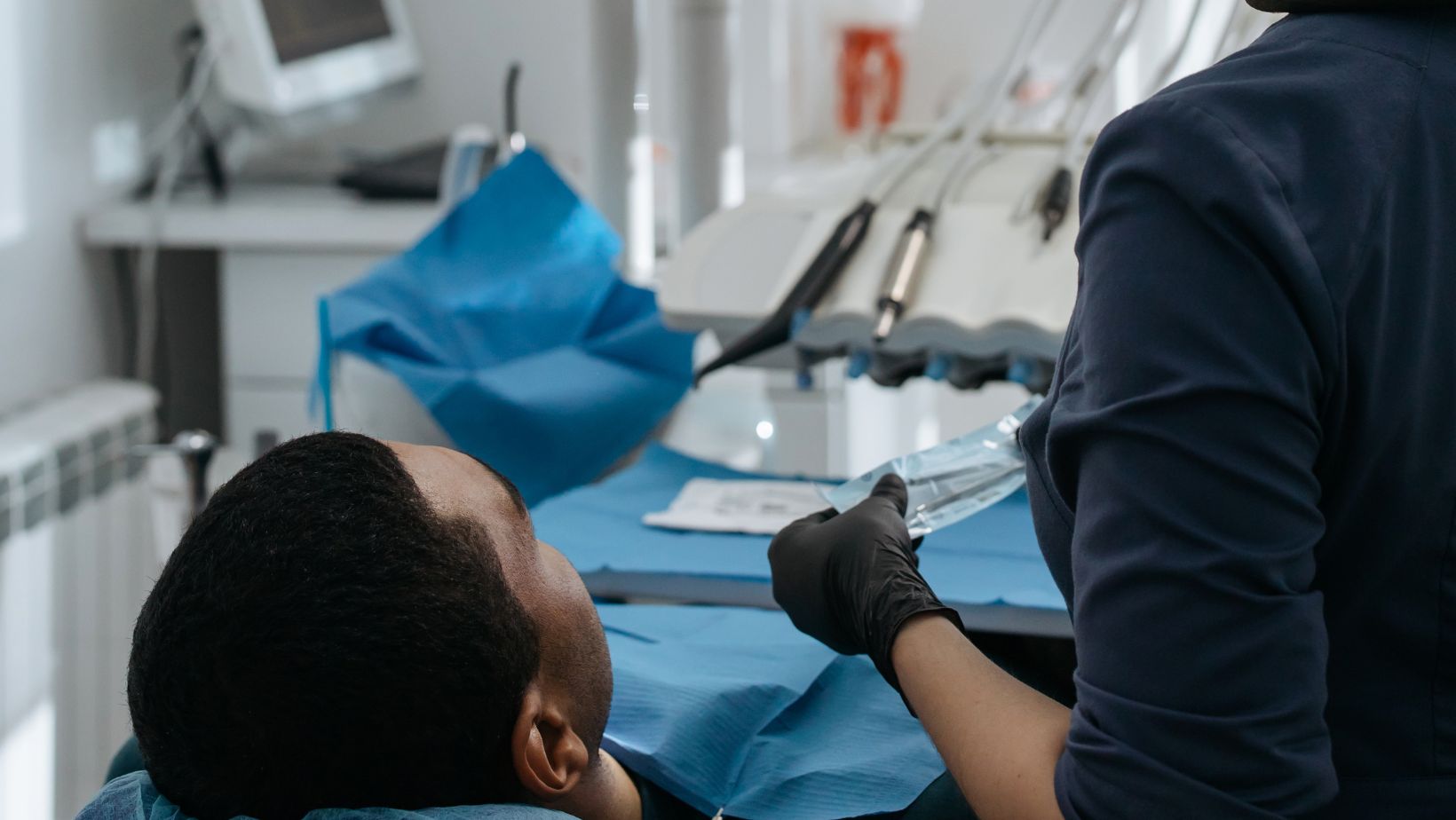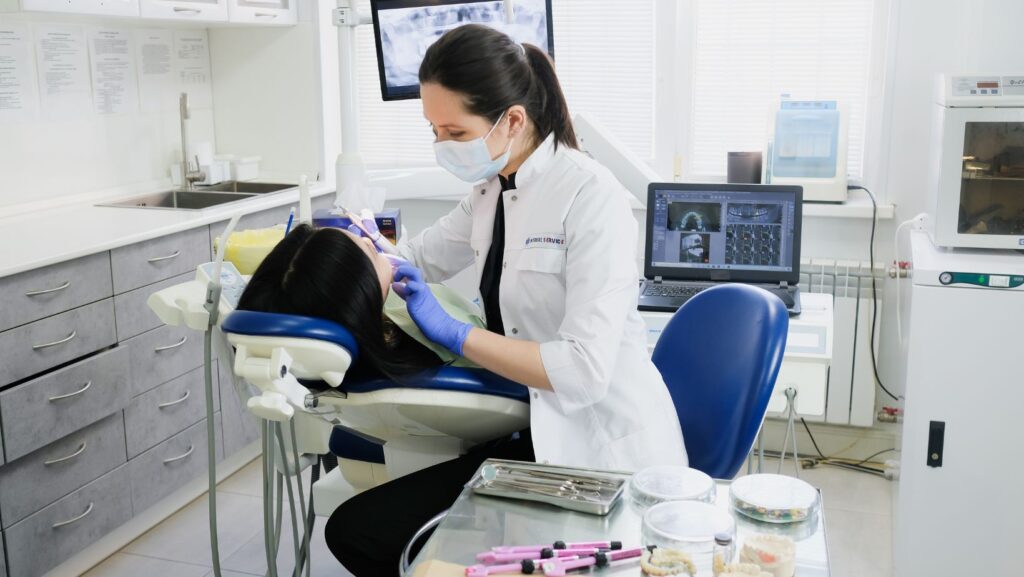Let’s face it—today’s dental patients aren’t just looking for a quick checkup. They want clarity, transparency, and proof that their dentist is using the best tools available.
Enter intraoral cameras: the pocket-sized game-changers that are reshaping patient expectations and clinical outcomes. No longer optional, these devices have become the backbone of forward-thinking practices. If your clinic hasn’t adopted one yet, here’s why it’s time to rethink your toolkit.
1. Spot Problems Before They Become Emergencies
Imagine catching a hairline crack in a tooth before it turns into a root canal nightmare. With dental intraoral cameras, that’s exactly what happens. These gadgets deliver crystal-clear, zoomable images of every nook and cranny—think gum pockets, hidden cavities, or even early signs of oral cancer. No more squinting under operatic lights or relying on vague descriptions.

You’ll see issues in real time, explain them to patients with visuals, and plan treatments with confidence.
Take orthodontics, for example. Instead of guessing how a patient’s alignment is progressing, you can track millimeter-level shifts over time. It’s like having a GPS for tooth movement—precision you (and your patients) can actually see.
2. Turn “Trust Me” into “See for Yourself”
Ever had a patient shrug off your advice to replace an old filling? It’s frustrating. But here’s the thing: people believe what they see, not just what they’re told. Whip out an intraoral camera, and suddenly, that tiny cavity lighting up on the screen becomes undeniable evidence. You’re not just a dentist anymore—you’re a guide, walking patients through their own oral health story.
This isn’t just theory. Practices using intraoral cameras report higher acceptance rates for treatments because patients finally get it. No more “I’ll think about it.” When they see plaque creeping under their gums or a cracked crown, they’re ready to act. It’s like flipping a switch from skepticism to trust.
3. Ditch the Paperwork, Boost Your Productivity
Let’s talk about time. Traditional documentation—scribbling notes, waiting for lab scans, chasing down referrals—eats into your day. Intraoral cameras cut through the clutter. Snap a photo, upload it directly to digital records, and voilà—your entire team (or a specialist across town) can access it instantly.
Need to send a crown design to the lab? Skip the courier. Cloud integration lets you share high-res images in seconds. Less admin work means more time for what matters: patient care.
4. Turn Patients into Partners (Yes, Really)
Early detection isn’t just about avoiding drills—it’s about empowering patients. Show someone a magnified view of their gum inflammation, and suddenly, flossing isn’t a chore—it’s a mission. Intraoral cameras turn abstract advice (“Brush better!”) into actionable insights (“See this spot you’re missing?”).
And it sticks. Studies show patients who see their dental issues are twice as likely to improve their habits. You’re not just fixing teeth; you’re changing behaviors.
5. Future-Proof Your Malpractice Defense
A single blurry X-ray won’t cut it when explaining complications to a lawyer. Intraoral cameras create timestamped, high-definition records of every chip, crack, and lesion. It’s like having a black box for your procedures—visual proof of pre-existing conditions and informed consent. Suddenly, “he said/she said” becomes “here’s exactly what we saw on day one.” For risk-averse practices, that’s cheaper than malpractice insurance premium hikes.
6. Stand Out in a Crowded Market
Here’s the cold truth: patients Google “best dentist near me” and pick the one with the shiniest tech. Intraoral cameras scream, “We’re not stuck in 1995.” Millennials and Gen Zers, especially, crave proof that you’re investing in their care. Snap a quick “before-and-after” for your Instagram, and suddenly, you’re not just a dentist—you’re a tech-savvy innovator.
Plus, let’s be real—referrals flow when patients rave about how you “showed them exactly what was wrong.” It’s marketing gold, wrapped in a tiny camera.
7. Turn Insurance Battles Into One-Click Wins
Claims denied? Not anymore. Attach a 4K intraoral snapshot of that fractured molar to your submission, and watch adjusters fold. These visuals slice through bureaucratic red tape—no more haggling over “medical necessity” for that night guard or graft. One practice cut claim resubmissions by 50% using camera evidence. Your front desk team will kiss you.
Bottom Line
Intraoral cameras aren’t just gadgets—they’re practice builders. They cut costs by preventing complex procedures, build loyalty through transparency, and position your clinic as a leader, not a follower. Ready to upgrade? Check out this hands-on review of the top dental intraoral cameras trusted by clinicians who refuse to settle for “good enough.”

Your patients deserve the best. And frankly? So do you.
